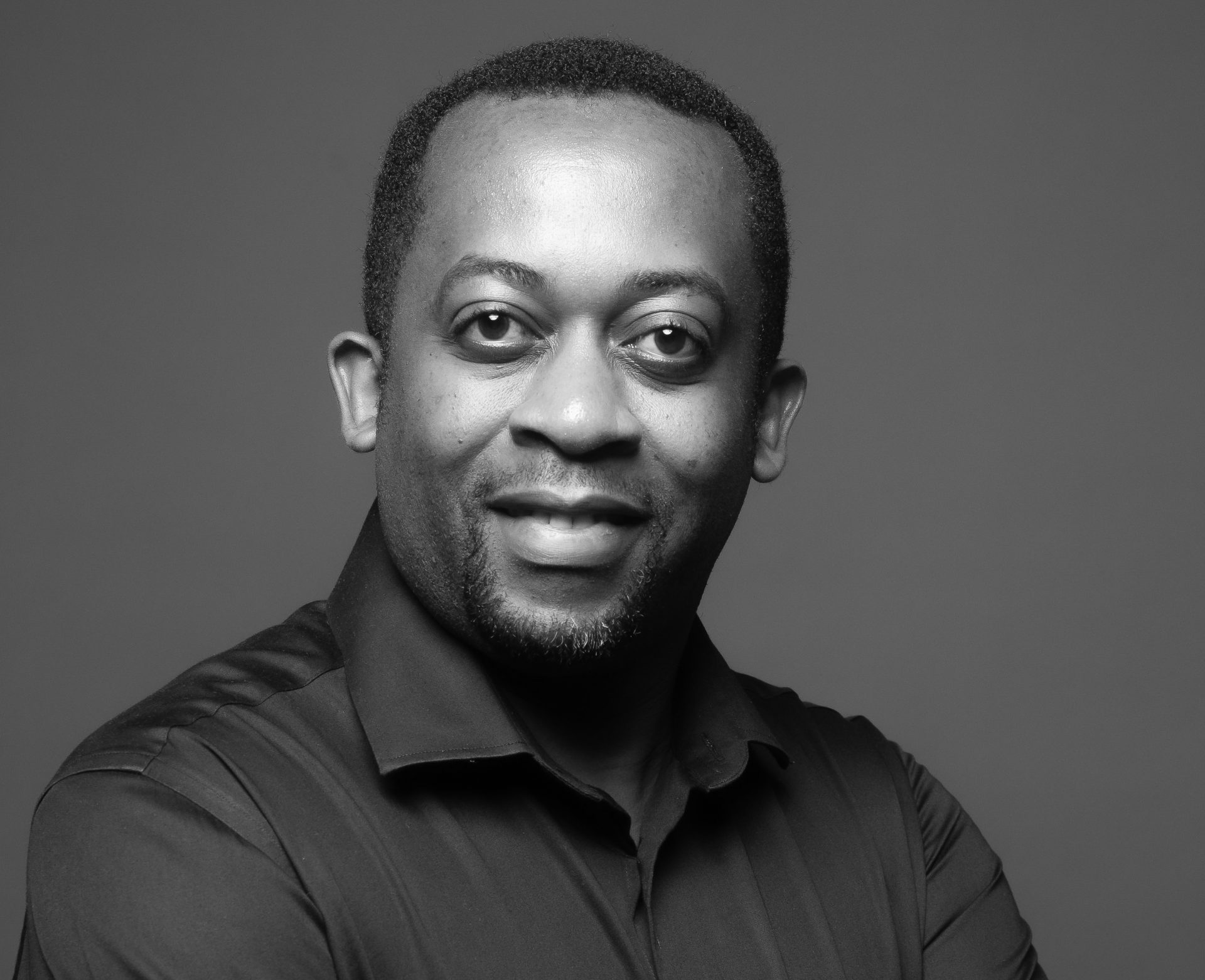Oluwatobiloba Akerele is a Communications Advisor at the Management Sciences for Health. She leads Strategic Communications for the U.S. President’s Malaria Initiative for States (PMI-S) project.
Global leaders united to create the Sustainable Development Goals (SDGs) in 2015 to transform the world by 2030. Achieving these goals requires collaboration from governments, organisations, communities, and individuals around the world. Communications professionals are on the frontlines of enabling and sustaining global development. Strategic communications tools and methods are capable of raising awareness, mobilising action, and driving positive change.
The Organisation for Economic Co-operation and Development (OECD) and the United Nations Development Programme (UNDP) regard Communications as a core mechanism to support strategy processes for sustainable development. Progress on the SDGs is within reach with Strategic Communications driving sustainable change. Strategic Communications can be leveraged for sustainable development by:
Raising Awareness
Communications professionals can reach a global audience and generate widespread awareness through social media, videos, infographics, and events. Strategic communications can be used to highlight the interconnectedness of the SDGs and their relevance to daily life.
One powerful example of using communications to raise awareness about the SDGs is the “The Lazy Person’s Guide to Saving the World” video produced by the United Nations Development Programme (UNDP). This engaging and informative video presents the interconnectedness of the SDGs in a relatable and accessible manner. It highlights simple actions that individuals can take in their daily lives to contribute to sustainable development, such as reducing food waste, using public transportation, and supporting local businesses.
Promoting Behaviour Change
Communications professionals can use crafted persuasive messages and targeted techniques to encourage adoption and inspire individuals to act for the SDGs. Successful campaigns focused on reducing plastic and food waste have raised awareness and inspired behaviour change, resulting in significant positive environmental impacts.
The “Do Nation” Campaign: This behaviour change campaign encouraged individuals and organisations to make sustainable lifestyle choices through a pledging platform. Participants committed to specific actions such as cycling to work, reducing meat consumption, or saving energy. The campaign used social influence and peer-to-peer communication to inspire and motivate others. The campaign successfully mobilised thousands of sustainable actions by combining strategic communications with a gamified approach.
Sharing Success Stories
Strategic communications can effectively communicate progress made towards the SDG target indicators and highlight success stories. Communications professionals can inspire and motivate further action for the SDGs by showcasing achievements and positive outcomes resulting from sustainable development activities.
Sharing such stories can build momentum, encourage replication of successful approaches, and create a sense of optimism for achieving the SDGs. For example, the #SDGSuccess hashtag campaign encourages individuals and organisations to share their success stories and initiatives related to the SDGs.
Monitoring and Accountability
Effective communication is crucial in monitoring progress and ensuring accountability towards the SDGs. Regular updates, knowledge exchange, data sharing, and reporting on achievements and challenges keep stakeholders informed and engaged. A compelling example of monitoring and accountability through effective communication is the Global Reporting Initiative (GRI).
Mainstreaming Sustainable Development in the Media
The agenda-setting power of the media can be leveraged to inspire individuals and communities to contribute to the achievement of sustainable development goals. The media plays a significant role in shaping public opinion, influencing behaviour, and driving societal change.
Communications and media professionals can use news reporting, feature stories, and documentaries to shape the sustainable development narrative. Society can become well-informed, engaged, and committed to building a sustainable future by incorporating sustainable development principles into media content. A strong example is the documentary, “Before the Flood”. The documentary explores the effects of climate change and provides insights into potential solutions, reaching a wide audience and sparking conversations worldwide.
Strategic communications approaches are essential in accelerating progress towards achieving the SDGs and creating a more sustainable and equitable future for all. Communications professionals need to talk more about doing well for the global good.





